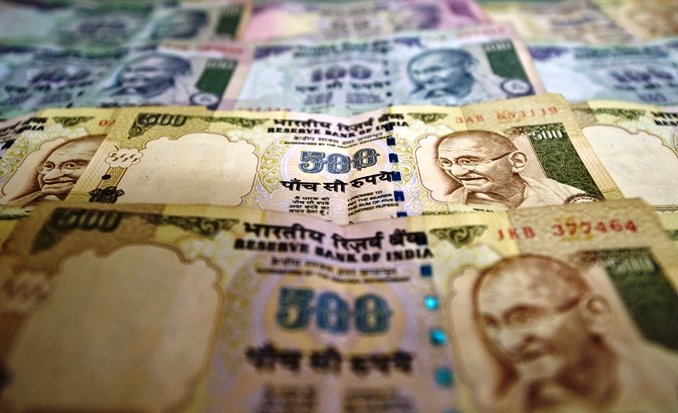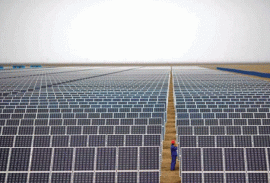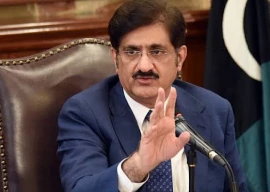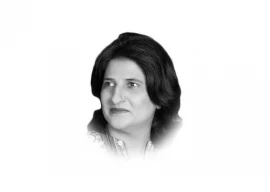
The partially convertible rupee hit its previous low of 57.32 against the dollar on June 28 last year. On Monday it fell to a new record low before trading up slightly at 57.49 later in the morning.
The fall is the latest blow to the damaged growth story of India, Asia's third-largest economy, which has been beset by sharply slower growth, worsening public finances and political turmoil.
The rupee depreciated seven percent against the dollar in May, similar to other Asian currencies.
"The dollar strengthening is hurting the rupee," said Naveen Mathur, commodities and currencies associate director with Angel Broking, who said the Indian currency unit showed "continuous weakness".
With the US economy improving, there is growing debate that the US Federal Reserve could "reverse" its monetary stimulus programme sooner than expected.
Analysts fear that the slide for the rupee is unlikely to slow down.
Abhishek Goenka, chief executive of consultancy firm India Forex Advisors, expects the rupee to hit the 59-60 level to the greenback by the end of 2013.
"The weak bias is going to continue," Goenka said.
Analysts and traders will now watch for any possible intervention from the central Reserve Bank of India to stem any further weakening of the currency.
The widening of India's current account deficit - the broadest trade measure - to just under five percent of gross domestic product in the last financial year from 4.2 percent the previous year has also weighed on the rupee.
The weaker currency makes imports costlier, especially of foreign oil on which India relies heavily, and will stoke already high consumer inflation.
"The rupee, of late, has been hit more than other currencies," said Pradeep Khanna, managing director and head of FX trading at the Indian unit of HSBC.
"Foreign institutional investors in India have been pulling out money, mainly from the debt market."
The RBI has a policy of not commenting on movements in the forex market and has a stated policy of intervening only to curb volatility.
Analysts say the bank cannot intervene heavily to buttress the currency as it must retain enough foreign reserves for imports. Right now, it only has sufficient reserves for seven months of imports - the lowest cover in 13 years.
With traders expecting more cuts in interest rates to spur the economy, possibly at the central bank's June 17 meeting, the currency is facing relentless pressure as lower rates usually translate into a weaker exchange rate.
COMMENTS (7)
Comments are moderated and generally will be posted if they are on-topic and not abusive.
For more information, please see our Comments FAQ



1736599343-0/fizza-(8)1736599343-0-165x106.webp)
1736598692-0/fizza-(7)1736598692-0-165x106.webp)


1736605969-0/Copy-of-Untitled-(7)1736605969-0-270x192.webp)




1736508423-0/Express-Tribune---News-Desk-(9)1736508423-0-270x192.webp)










@ FYI 294 billion dollars + 3rd largest economy and 80% of the people that relieve themselves in the open. ET let my comment go through. There is nothing abusive and what I said is factually correct.
@imran: Your Country has 7 Billion USD in Foreign Exchange Reserve vs. India $294.30 Billion and 15 hours of power cut daily. Thank God we stayed in India. With all odds we are still Asia's 3rd largest economy.
@ Pakistanis
The Indian government is just manipulating the currency to see its effects. It is a massive training program for businesses to toughen up under tough conditions.
Well said imran, Still if one compare DAL CHAWAL price with India, will find much cheaper in Pakistan :)
For more evidence on Pakistan high standard compared to India, Just Google Map both countries, building infrastructure of Pakistan looks like far modern as compared to Indian Jhompries....Just one good leadership required! then will see who is beggar!
@ Hind: All you said is correct but still our life style is much better than your elite class. People don't sleep on footh path here and go and check out your streets we will find garbage every where but you will not find this in Pakistan.